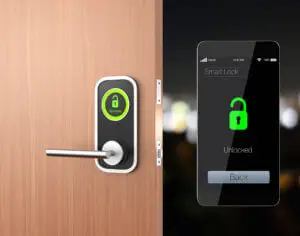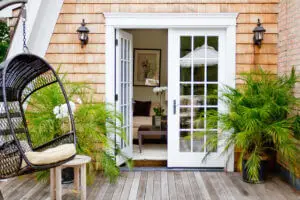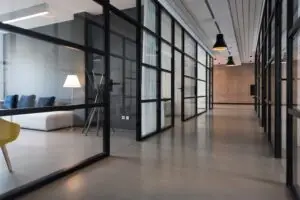Most of us interact with door locks daily, but few understand the intricate components that ensure our security. I’ve been working with SRNLOCK for over a decade, and let me tell you – there’s a whole world of precision engineering hiding behind that simple turn of your key. Delving into the anatomy of a door lock, we’ll unravel the mystery behind these everyday devices and help you comprehend their complexities. Join me as we dissect the intricate world of door lock mechanisms, drawing from real-world experience and countless hours spent with these fascinating security devices.
Basics of Door Lock Anatomy
Why Understanding Lock Anatomy Matters
You know that frustrating moment when your key gets stuck, or when you’re trying to explain to a locksmith over the phone what’s wrong with your door? SRN Sally, our lead salesperson at SRNLOCK, always tells customers: “Understanding your lock’s anatomy isn’t just about being informed – it’s about empowering yourself to maintain your security and communicate effectively when problems arise.”
I’ve seen homeowners save hundreds of dollars simply by knowing whether their issue is with the cylinder, the strike plate, or just a worn key. When Mrs. Henderson called last month, thinking she needed a complete lock replacement, a quick conversation about her symptoms revealed it was just a sticky tailpiece – a $15 fix instead of a $150 replacement.
Common Types of Door Locks
Before we dive deep, let’s establish the players in this security game. At SRNLOCK, we work with five main categories daily:
Cylindrical Locks are your standard doorknob locks – simple, affordable, but offering basic security. Deadbolts provide that extra layer of protection we all crave. Mortise Locks are the heavy-duty champions, common in commercial settings and older homes. Smart Locks are the new kids on the block, bringing technology into traditional mechanisms. Padlocks round out the family, portable security that’s been around for centuries.
Each type shares fundamental components, but the devil’s in the details – and those details make all the difference in your security.
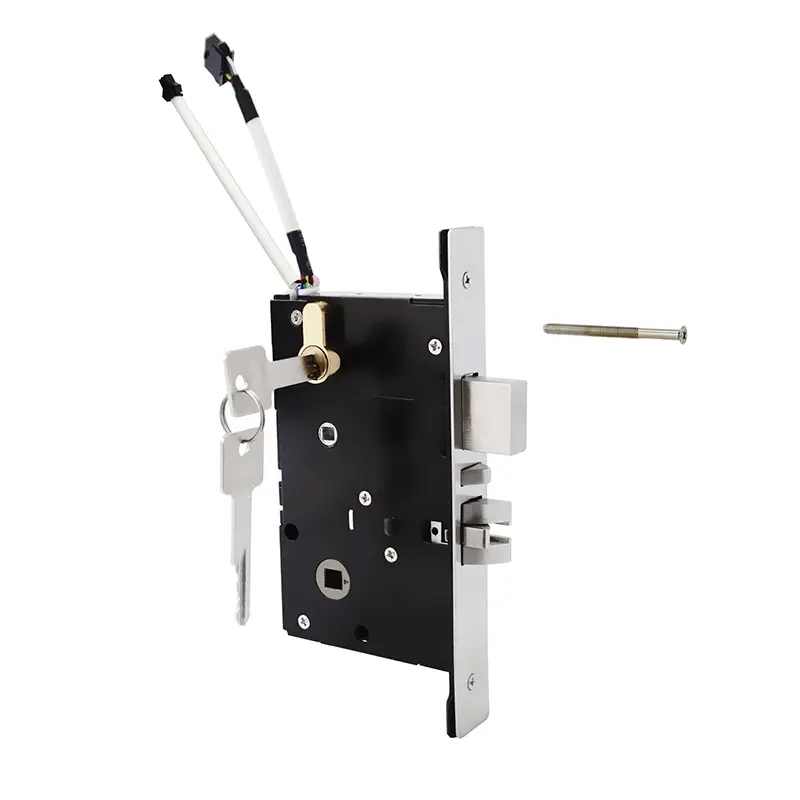
Key Components of a Door Lock
Cylinder: The Heart of the Lock
The cylinder is where the magic happens. Picture this: inside that small metal tube are precisely machined chambers, each housing a pair of pins that must align perfectly for your key to work. I remember when I first started at SRNLOCK, Sally showed me a cutaway cylinder, and I was amazed by the precision required.
The key pins vary in height according to your specific key code. When you insert your key, these pins lift to their exact positions. Above them sit the driver pins, uniform in length, pushed down by tiny springs. The moment of truth comes at the shear line – that invisible boundary where the cylinder meets the housing. When all pins align at this line, the cylinder rotates freely.
Fun fact from the SRNLOCK archives: We once had a customer who collected vintage cylinders. He showed us a 200-year-old Egyptian lock that employed the same basic pin principle used today. Some things truly stand the test of time.
Bolt or Latch: Ensuring the Door Stays Shut
The bolt is your lock’s muscle – the component that physically secures your door. In spring latches, an angled face allows easy closing while the internal spring maintains tension. You’ve probably noticed how a door “clicks” shut – that’s the latch snapping into the strike plate.
Deadbolts are different beasts entirely. Sally always explains to customers: “A deadbolt doesn’t mess around with springs or angles. It’s a solid metal bar that slides directly into your door frame, and it’s not moving unless you tell it to.” Most residential deadbolts extend one inch into the frame, though security-conscious homeowners often opt for longer throws.
The backset measurement – typically 2-3/8″ or 2-3/4″ from door edge to cylinder center – determines everything from handle alignment to strike plate positioning. Get this wrong, and you’re looking at either a door that won’t close or a lock that won’t engage properly.
Cam: The Turning Mechanism
The cam is the cylinder’s translator, converting rotational motion into the linear movement needed to operate the bolt. In deadbolts, this often means a direct connection to the bolt mechanism. In handle sets, the cam interacts with a more complex linkage system.
At SRNLOCK, we’ve replaced countless cams worn down by decades of faithful service. It’s one of those components that works invisibly until it doesn’t – then suddenly your key turns but nothing happens.
Tailpiece, Rose, and Strike Plate: Supporting Cast
These might seem like minor players, but they’re crucial to your lock’s performance. The tailpiece connects your cylinder to the locking mechanism – without it, you’re just spinning metal uselessly. The rose or escutcheon isn’t just decorative; it distributes operational forces and covers the rough door preparation.
The strike plate deserves special mention. This metal plate in your door frame takes tremendous abuse during attempted break-ins. Sally and I have seen strike plates torn from door frames by determined intruders. Quality strike plates with long screws that bite into the wall studs can mean the difference between a secure home and a successful break-in.
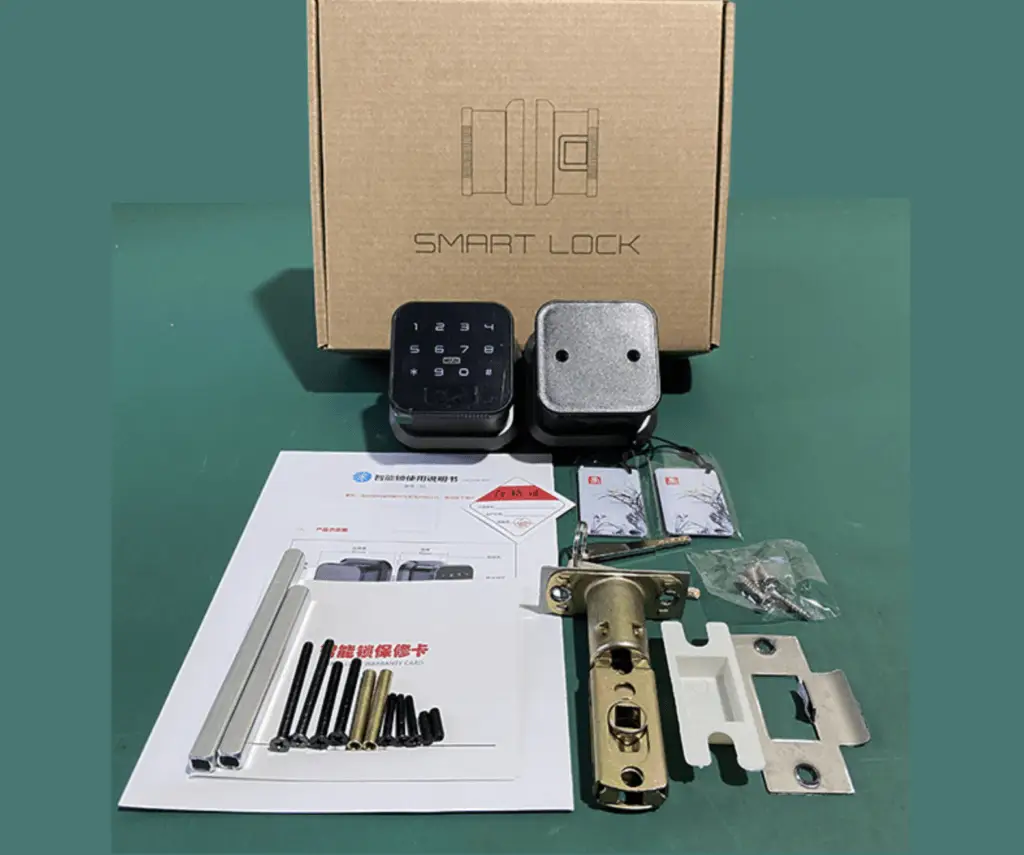
Advanced Mechanisms
Deadbolts: Extra Security
Not all deadbolts are created equal. Single-cylinder deadbolts use a key outside and thumb-turn inside – simple and effective for most applications. Double-cylinder deadbolts require keys on both sides, offering security against break-ins through nearby windows but potentially creating egress issues during emergencies.
The throw length matters more than most people realize. That extra half-inch of bolt extension can significantly increase your security. We’ve installed deadbolts with throws ranging from one inch to nearly two inches, depending on the customer’s security needs and door frame construction.
Grade ratings tell the real story. Grade 3 is basic residential, Grade 2 offers enhanced security, and Grade 1 represents commercial-grade protection. At SRNLOCK, we typically recommend Grade 2 for most residential applications – it strikes the right balance between security and cost.
Digital and Smart Lock Components
Smart locks fascinate me because they marry traditional mechanical security with modern technology. The motor assembly replaces manual operation, receiving commands from the electronic control unit. These motors need to be robust enough to operate thousands of times while precise enough to properly align the locking mechanism.
The control circuit is the brain, processing everything from keypad entries to smartphone commands. Battery life becomes crucial – nobody wants to be locked out because their lock has died. Most quality smart locks we install at SRNLOCK offer 6-12 months of battery life with typical usage.
Override mechanisms are non-negotiable. Sally insists every smart lock installation includes a physical key backup. “Technology fails,” she says, “but a well-made mechanical lock will outlast us all.”

Maintaining and Replacing Door Lock Parts
Recognizing When Parts Need Replacement
After years with SRNLOCK, I’ve developed a sixth sense for dying locks. Keys that require increasing force to turn often indicate worn pins or cylinder damage. Doors that won’t latch properly might have strike plate issues or worn latch springs. Smart locks that randomly engage or fail to respond usually need battery replacement or circuit board service.
The key wear pattern tells a story. If your key shows significant wear on one side, your cylinder pins are likely worn unevenly. If the key tip is damaged, you might have debris in the keyway or bent pins inside the cylinder.
Proper Maintenance for Longer Lifespan
Maintenance is simpler than most people think. Quarterly lubrication with graphite-based products keeps cylinders operating smoothly. Avoid oil-based lubricants – they attract dirt and can gum up over time.
Check your strike plate screws annually. Loose screws reduce security and can cause alignment issues. Sally recommends replacing standard screws with longer ones that bite into wall studs – a simple upgrade that dramatically improves security.
Clean your keyway periodically. Compressed air removes debris, while a soft brush can dislodge stubborn particles. For smart locks, keep battery contacts clean and replace batteries proactively rather than waiting for low-battery warnings.
Seasonal considerations matter too. Cold weather can cause metal contraction, affecting lock operation. Hot, humid summers can cause swelling in wooden doors, throwing off alignment. Being aware of these seasonal patterns helps you address issues before they become problems.
Real-World Applications and Pro Tips
Let me share some SRNLOCK field experience that textbooks don’t cover. We once had a customer whose lock failed every winter. The problem? Thermal expansion and contraction were causing the strike plate to shift slightly. A simple adjustment solved years of frustration.
Another customer complained about keys breaking in her lock. Investigation revealed she was using copies of copies – each generation losing precision. Original keys or professional duplicates solve this common problem.
Installation quality affects every component we’ve discussed. A properly installed lock in a well-prepared door opening will outlast even a premium lock poorly installed. Door prep accuracy, proper backset measurement, and correct strike plate alignment are fundamental.
Smart lock installations require additional considerations. Wi-Fi signal strength, battery access, and backup power planning all factor into long-term satisfaction. We always test smart locks through several complete cycles before considering an installation complete.
Conclusion
A door lock, seemingly simple at a glance, houses a world of complex mechanisms and components that work in harmony to ensure our safety. From the precision-machined pins in your cylinder to the robust strike plate anchoring everything to your door frame, each component plays a vital role in your security system.
Armed with this newfound knowledge, are there parts you need to check or maintain in your own home’s locks? Take a moment to examine your doors with fresh eyes. Test your keys, check your strike plates, and listen to what your locks are telling you.
Taking the time to understand, maintain, and replace when necessary can ensure security for years to come. Remember, at SRNLOCK, we’ve seen that a little knowledge and preventive maintenance can save significant money and frustration down the road. Your locks protect what matters most – they deserve your attention and care.



